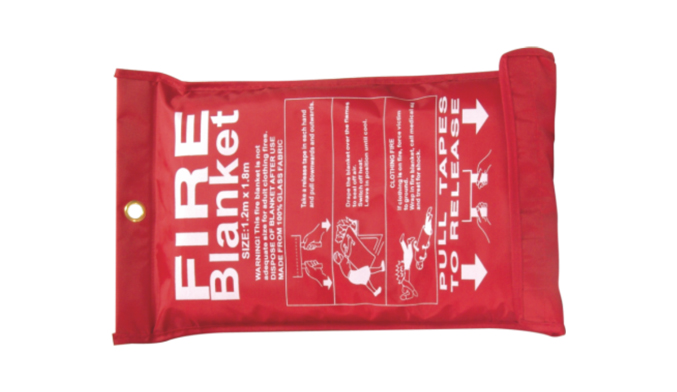Refractory fibers are divided into two categories: amor […]
Refractory fibers are divided into two categories: amorphous (glassy) and polycrystalline (crystalline). Amorphous refractory fibers, including aluminum silicate, high-purity aluminum silicate, chromium-containing aluminum silicate, and high-alumina refractory fibers. Polycrystalline refractory fiber, including mullite fiber, alumina fiber and zirconia fiber. There are also classifications according to the maximum allowable use temperature of refractory fibers.
1. Material classification characteristics
Refractory fiber is also a good infrared radiation material with good thermal capacity and infrared heating effect. The use of refractory fiber products can effectively save energy and is an ideal energy-saving and efficiency-enhancing material. Production practice has proved that the application of refractory fiber to continuous heating industrial furnace can save energy by more than 15%, and it can save energy by more than 30% when used in intermittent industrial heating furnace. At the same time, it can increase productivity and improve product quality, and realize lighter and larger furnace body structure. , The overall performance is good. The refractory fiber is soft and elastic, and it is also an ideal sealing material. Because of its insulation, noise reduction, oxidation resistance, oil and water resistance, and easy construction, it is widely used in metallurgy, building materials, petroleum, chemical, shipbuilding, electric power, aerospace and other fields. Polycrystalline refractory fiber is a new type of high-temperature insulation material developed after amorphous refractory fiber in the early 1970s. It is mainly used in high-temperature kilns whose working temperature is higher than 1400 ℃, which can save energy by 25% to 40%. Polycrystalline refractory fibers can also be used as composite reinforcement materials and catalyst carriers, with good application effects. Polycrystalline refractory fibers can also be used in the fields of aerospace missiles and atomic energy. At present, the polycrystalline refractory fibers that have been industrially produced and applied in the world mainly include polycrystalline alumina fibers (Al2O380%~90%, SiO221%-20%), polycrystalline mullite fibers (Al2O372%~79%, SiO221% ~28%) and polycrystalline zirconia fiber (ZrO292%, Y2O38%) and so on.
2. Main performance characteristics
Non-combustible, high temperature resistant (550~1100℃), soft, smooth, tight, and does not irritate the skin, it is an ideal and effective outer protective layer for people and things that need to stay away from the heat source, and it is very easy to wrap the uneven surface The object can be reused without damage.
Fire extinguishing principle: Cover the fire source and block the air to achieve the purpose of extinguishing fire.
3. How to use
In the early stage of a fire, the fire blanket is directly covered with the fire source, and the fire source can be extinguished in a short time.

4. Main application
1. In the event of a fire, cover your own body with a fire escape blanket or wrap the body of the rescued object, and quickly escape from the fire scene, which provides good help for self-rescue or safe evacuation of people. If a fire blanket can be worn after a real fire accident occurs, the risk of burns can be greatly reduced.
2. A simple and convenient initial fire extinguishing tool for enterprises, shopping malls, ships, automobiles, civil buildings and other occasions.
5. Specification and size
1000*1000MM, 1200*1200MM, 1500*1500MM, 1800*1200MM, 1800*1800MM, can be customized
NINGBO JIANMEI SPECIAL HOSE CO., LTD.